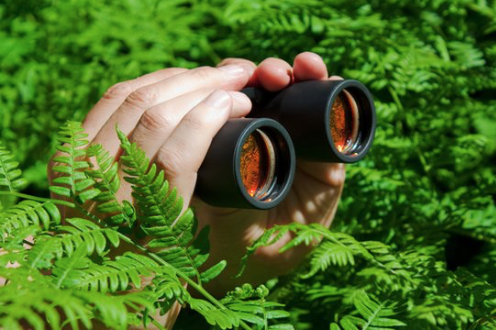Discovering Strengths
| Site: | Colorado Education Learning Management System |
| Course: | 2e (Open Access) Supporting Twice Exceptional Learners |
| Book: | Discovering Strengths |
| Printed by: | Guest user |
| Date: | Friday, 5 December 2025, 3:17 PM |
Discovering Strengths

To provide strengths-based learning you will need tools to find your students' strengths and interests and how to provide opportunities that help uncover unknown areas that could become a potential strengths.
Neurodiversity
As educators we are often eager to intervene to support students with challenges, however, students with disabilities, such as our 2e students are well aware of what they struggle with. What they don't always know is that they have strengths. Thomas Armstrong in his book on neurodiversity noted that "by changing from a deficit orientation to a diversity perspective, and by creating positive ecosystems within which students with learning differences can learn according to their strengths rather than their weaknesses, we can help these students become who they are truly meant to be" (Armstrong, 2012).
While this neurodiversity perspective is especially important for students with disabilities, the great news is it works for all students!
While it will take a few minutes to read, this article "First, Discover Their Strengths" by Armstrong may well change how you see and program for students with disabilities, and once you see its power to change your students' and your own perspectives, you will want to use it with all students. As you read the article, think about your chosen student for your assignment. There will be a section in which you create a strength-based goal for your student. How will you use a new neurodiversity perspective to create this goal?Strengths and Underrepresented Populations
According to Fish (2017) and Hawley (2013), "underrepresented gifted youth frequently do not receive accurate feedback about their talents and are less likely to be recognized for their advanced skills" (credit: Foley Nicpon, et.al., 2020, NAGC presentation "Strengths Identification for Underrepresented Students in Gifted Education"). Gifted education programs across Colorado, as is true across the nation, shows disproportionality in groups who are identified and receiving gifted education services with students in poverty, students of color, and English language learners having unequal access to gifted education.
A 2e learner in one of these three groups will have an even harder time having their strengths noticed and nurtured, yet "all students who are ready for accelerated learning should receive ability-congruent support, which is important for talent development, self-efficacy, and achievement (Hardesty, et. al., 2014).Strengths and Superpowers!
Where do you start to discover strengths? In order to provide strengths-based learning it is important to find what those strengths could be. We're using the word "superpower" with our students to describe a natural, ingrained gift. These abilities come so naturally we often don’t recognize them as anything special. Superpowers go beyond the academics! If our students can identify their superpowers, they won’t be defined by their struggles. the linked article is optional, but gives some examples of helping students take what is criticized as a deficit and seeing it as a superpower, especially Carl and his loud voice. It is an inspirational read! The Tricky Thing About ADHD Superpowers by Susan Kruger..
Tools for Discovering Student Strengths
Discovering strengths is not an easy task. The following resources will help to open the conversation and also help students to learn more about themselves. If you haven't discovered Ian Byrd's website Byrdseed.com treat yourself to an incredible resource. The following article: 3D Character Analysis: Gardner, Kaplan, and Kohlberg talks about three concepts that provide insight into our students.
Tools to support learning about interests and discovering strengths (optional resources):